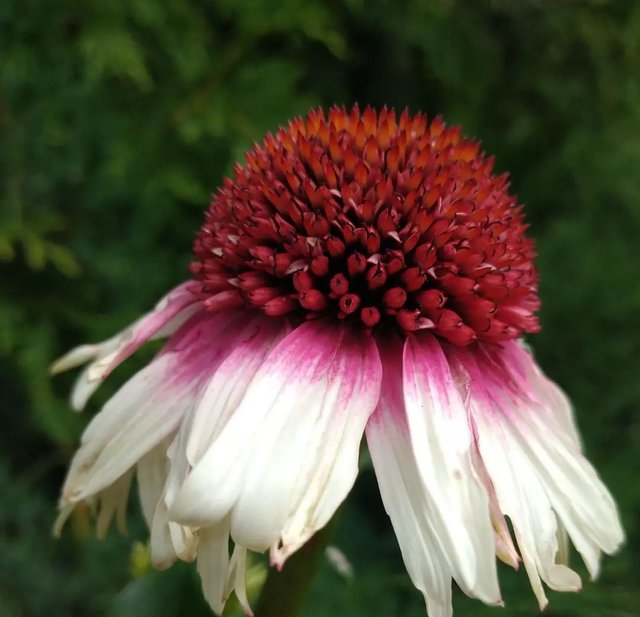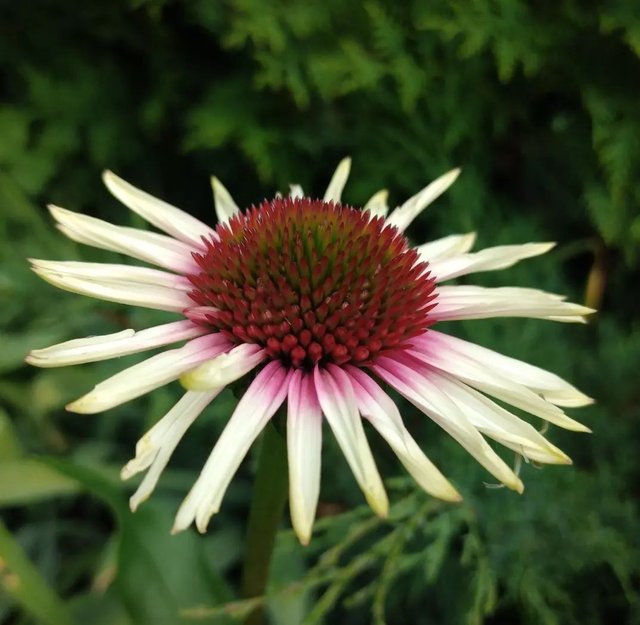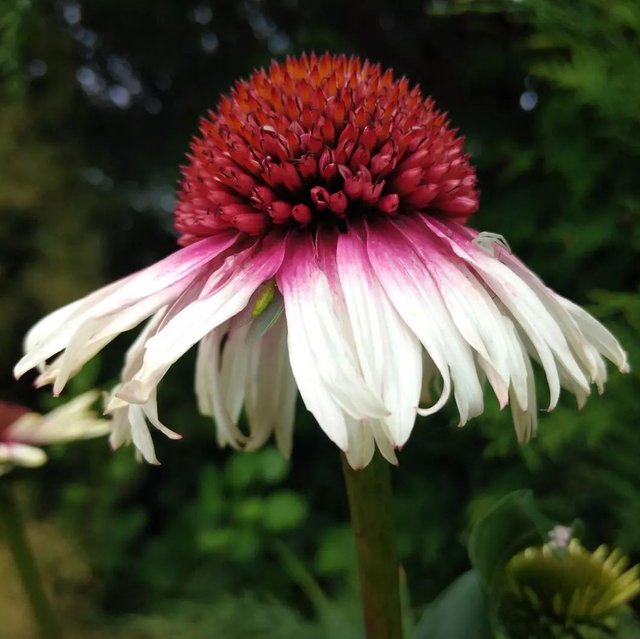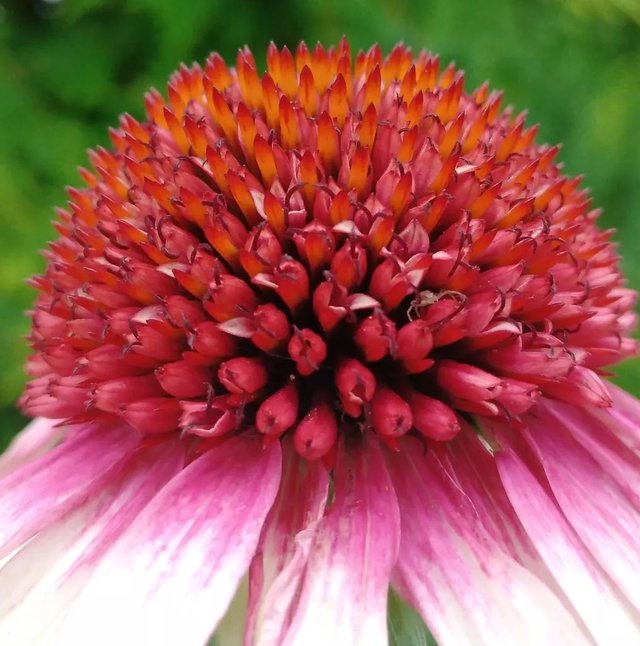The Majestic Beauty of Purple Coneflower: A Closer Look at Echinacea




Purple Coneflower,stands as a testament to the splendor of nature's palette. This perennial herbaceous plant, native to North America, has captivated gardeners and herbal enthusiasts alike with its vibrant hues and medicinal properties.Echinacea, a genus comprising several species, is celebrated for its distinctive daisy-like flowers with prominent, cone-shaped centers. Among these, the Purple Coneflower (Echinacea purpurea) reigns supreme, showcasing a mesmerizing display of deep purples, pinks, and occasionally whites. As it adorns gardens and meadows, this resilient plant not only adds a burst of color but also serves a vital role in ecological balance.With lance-shaped leaves and sturdy stems, the Purple Coneflower stands tall, reaching heights of two to four feet. Its most recognizable feature is the spiky, coppery-brown central disk surrounded by vibrant, reflexed petals. This dynamic contrast makes it a striking addition to any landscape, contributing to its popularity among horticulturists and garden enthusiasts.Beyond its visual appeal, Echinacea has deep-rooted cultural significance. Indigenous peoples have long valued the plant for its medicinal properties, believing in its ability to boost the immune system and alleviate various ailments. This traditional use has persisted, with modern herbalism incorporating Purple Coneflower into wellness practices.In the wild, Purple Coneflower plays a crucial role in supporting pollinators. Bees, butterflies, and other beneficial insects are drawn to its nectar-rich blossoms, fostering biodiversity and aiding in the pollination of neighboring plants. Its resilience in different environments makes it a valuable contributor to local ecosystems.For those looking to cultivate Purple Coneflower, it's a relatively low-maintenance plant. Thriving in well-drained soil and partial to full sunlight, it adapts well to diverse climates. Regular deadheading not only prolongs the blooming season but also encourages the plant to produce more flowers.Whether in a wildflower meadow, a cottage garden, or a contemporary landscape, the Purple Coneflower remains a staple. Its versatility, coupled with a long flowering period from late spring to early fall, ensures a continuous display of color throughout the growing season.